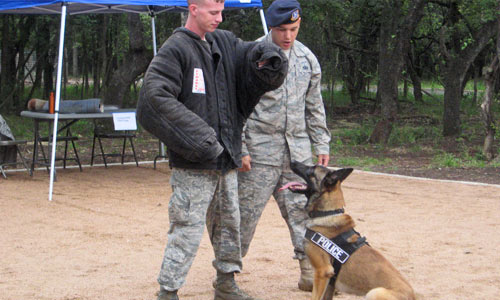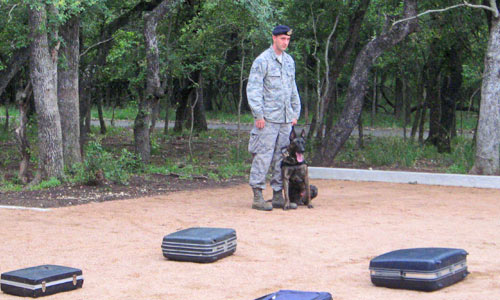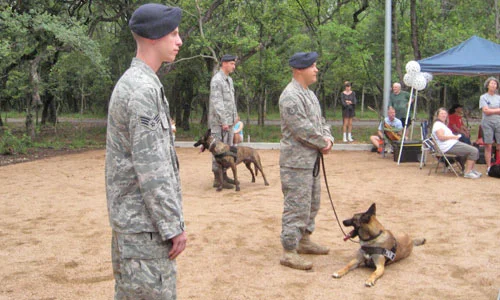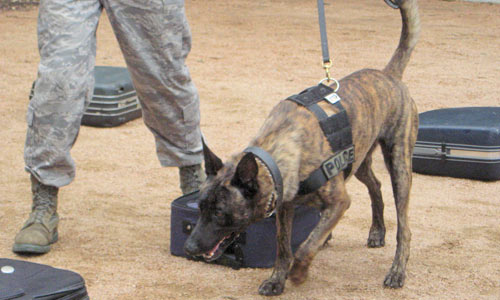Volunteers with the Associated General Contractors’ Construction Leadership Forum (CLF) will begin tomorrow, Saturday, March 19 a two-year-long community service project to restore the nineteenth century dairy barn at Phil Hardberger Park.
The barn was built in 1896 as part of the Voelcker farmstead and will be the first of several heritage structures restored as part of the park’s master plan. Approximately 25 members of the CLF will spend the morning cleaning up the site in preparation for a “Barn Raising” fundraiser scheduled for May 14th to help pay for any materials that aren’t donated.
“CLF has a history of community service projects, but this is probably our most ambitious one yet,” said Zac Harris, chairman of the CLF, AGC’s young professionals group. “It just has all the elements important to ACG: honoring our cultural heritage, creating educational opportunities for school kids and supporting public parks.”
The approximately 1500 square foot dairy barn will be restored to its original state. Rotted wood will be replaced, and 25-30 windows, many of which have been boarded up, will be repaired, but the existing structure will remain intact. CLF and Fisher Heck Architects are working with the City of San Antonio’s Historic Preservation Office to ensure that the restoration allows the building to be eligible for the National Register of Historic Places.
“We want kids to walk in and feel like they’ve stepped back in time,” said Harris. “We envision a working farm with live cows — a place where we can all connect with our cultural heritage and better understand San Antonio’s original settlements.”
In her 2010 book, Last Farm Standing on Buttermilk Hill: Voelcker Roots Run Deep in Hardberger Park, author Gayle Brennan Spencer writes that the dairy barn was “the most important structure on the Voelcker Farm,” one of many family farms located in an area she calls “dairy land” between Loops 410 and 1604. Roads such as Jones-Maltsberger, Isom, Sandau and Coker Lane were all named for the family farms to which they led.
“The restoration of the dairy barn will provide a glimpse into what daily life was like for hardworking farmers in the area known as Buttermilk Hill,” said Spencer. “Twice a day, 365 days a year, Max and Minnie would herd their cows into the barn for milking. And, in the days before refrigeration, milking was only the beginning of the process required to make a marketable product. The adjacent rooms probably were used to separate the milk into cream, which does not spoil as easily, and to laboriously churn butter to deliver to city-dwellers.”
Former Mayor Phil Hardberger led the city’s effort to purchase the property from the Max and Minnie Tomerlin Voelcker Fund as part of an overall effort to increase acreage and accessibility to city parks. The acquisition and development of the former dairy farm into a world class park was the signature project among the 69 parks projects included in the 2007 Bond Program. A master plan completed by the team of Stephen Stimson and Associates and D.I.R.T Studio calls for up to $57 million worth of improvements, including trails, sporting fields, a dog park, a land bridge over Wurzbach Pkwy, Urban Ecology Center and rehabilitation of the Heritage Homestead, including the dairy barn and an 1800s farmhouse on the property. Phase 1A of the north side park opened in 2010 and Phase 2 will open May 21, 2011.
“I am so looking forward to the restoration of the dairy barn,” said Hardberger, who is currently chairman of the board of the Phil Hardberger Park Conservancy. “It brings back many early morning memories of milking the cows every day on the farm where I grew up. We are all indebted to the AGC CLF volunteers who are making this restoration possible. They are preserving a part of San Antonio history.”
The Max and Minnie Tomerlin Voelcker Fund is donating proceeds from the sale of Last Farm Standing to the Phil Hardberger Park Conservancy. According to its mission statement, Phil Hardberger Park Conservancy will advocate renewal, recreation and learning through nature in an urban setting. The conservancy will ensure all park development will be in accordance with the master plan and will enhance a sustainable natural landscape for future generations.
















